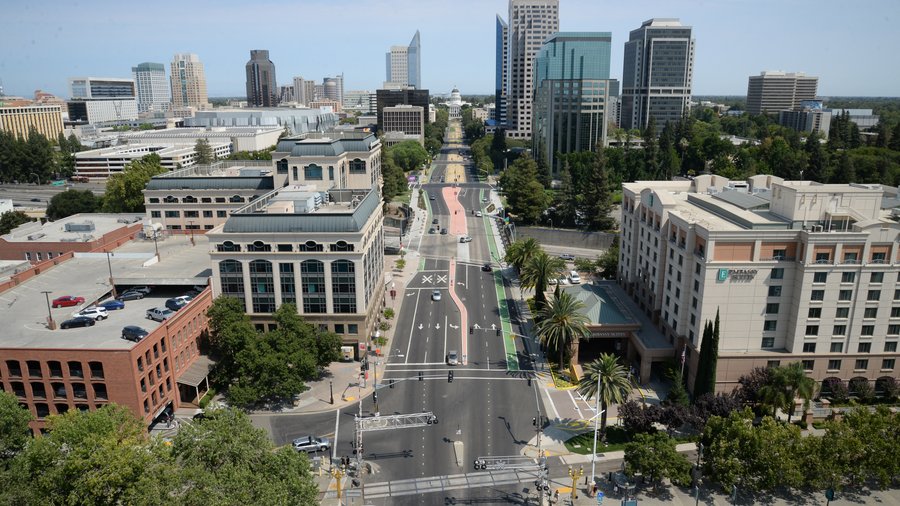Rent control is a hot topic in the multifamily sector. But higher rents are becoming just as big a factor for office tenants, particularly those looking to be in downtown Sacramento.
Over the last 20 years, downtown rents have followed a fairly consistent pattern: spiking when there’s demand, then flattening or even falling when a new building is completed.
According to Newmark Knight Frank’s local office, all the numbers suggest downtown should be at a similar tipping point now. Except ... no one’s building anything new.
“Once you get over 10,000 or 15,000 square feet, it’s become a very tight market,” said Dan Chamberlain, a senior managing director at NKF.
Overall downtown vacancy is 10%, and Class A vacancy is 4%. Per-square-foot rents are $3.21, or 20 cents higher than they were in 2008-09, when the last two high-rise office buildings in Sacramento opened up and provided a relief valve for rents going any higher.
Because no such relief valve is on deck in the near future, downtown office landlords are in the driver’s seat. Chamberlain said five-year leases were common a few years ago; now firms are having to commit for up to a decade. Those that won’t, he said, might head to Campus Commons or South Natomas. But that’s not an option for every company or tenant; some need immediate proximity to courts, the State Capitol and agencies based downtown, while others simply want the prestige of a Capitol Mall or downtown address.
“Tenants are going to have to bite the bullet,” if that’s the case, Chamberlain said.
There are a few scenarios in which the equation will start to change, though no time soon. One is if real estate company CIM Group and California Public Employees’ Retirement System can land a pre-lease anchor tenant for 301 Capitol Mall, which would have more than 790,000 square feet of office space. Construction would take a few years, but that much space would require a correction by other Class A space landlords.
Chamberlain said the other change is starting to happen already, though in an early stage. As the state of California appears to favor being its own landlord rather than renting from others, new state buildings are in the works, including a campus on Richards Boulevard in the River District.
Full construction of the campus is five to six years away, Chamberlain said. But as it opens and state departments leasing space elsewhere begin consolidating there, it will take away a source of tenant demand, also dampening rents.
Because those are possibilities emerging years, not months, from now, the trajectory through this year and into next for office rents downtown won’t change. That means higher rents, and for owners of downtown office buildings, higher property values.
